Cyprinid herpesvirus-3, or koi herpesvirus, specific to species
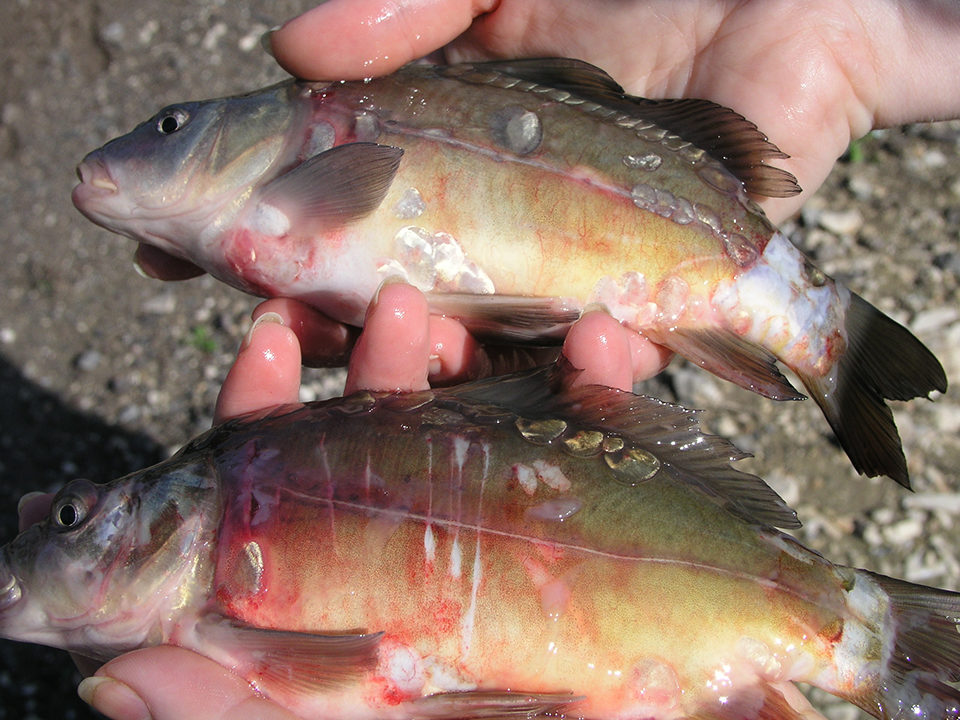
A lethal viral disease resulting in mass mortality of farmed common carp and koi occurred in Europe and Israel in the late 1990s, and later outbreaks were reported in many countries around the world. The causative agent of this disease was cyprinid herpesvirus-3 (CyHV-3), also known as koi herpesvirus (KHV). CyHV-3 is specific to common carp and koi (both are Cyprinus carpio), but does not cause disease in other species.
Fish infected with the virus die within one to three weeks, leading to 60 to 100 percent mortality. Since its initial outbreak, this disease has resulted in substantial financial losses to the common carp industry and is currently considered a major risk in common carp and koi aquaculture and trade.
Collaborative research
Working toward sustainable aquaculture production of common carp, the authors’ collaborative research group in Israel and the United States is currently investigating the genetic basis of CyHV-3 resistance in common carp through immunology, genomics, breeding and disease challenge studies. The research is supported by the U.S.-Israel Binational Agricultural Research and Development Fund. Its ultimate goal is to develop molecular tools for marker-assisted breeding of CyHV-3-resistant broodstock that will allow sustainable and profitable production.
Genetics, susceptibility
Although CyHV-3 infection is highly contagious, resistance to the infection differed among commercial strains and a wild strain of common carp. This finding suggested that genetic components influence susceptibility to the disease, and therefore disease resistance can be improved by selective breeding.
One objective in the research is to identify genetic variations due to a single-base mutation (single nucleotide polymorphism, SNP) in candidate antiviral genes and use these variations as genetic markers for marker-assisted breeding. Studies in mammals showed that SNPs in immune response genes were associated with susceptibility to infectious diseases. Although such studies in fish are limited, genome sequences of model fish species such as zebrafish and pufferfish showed that fish immune systems have many components that are similar to components of mammalian immune systems.
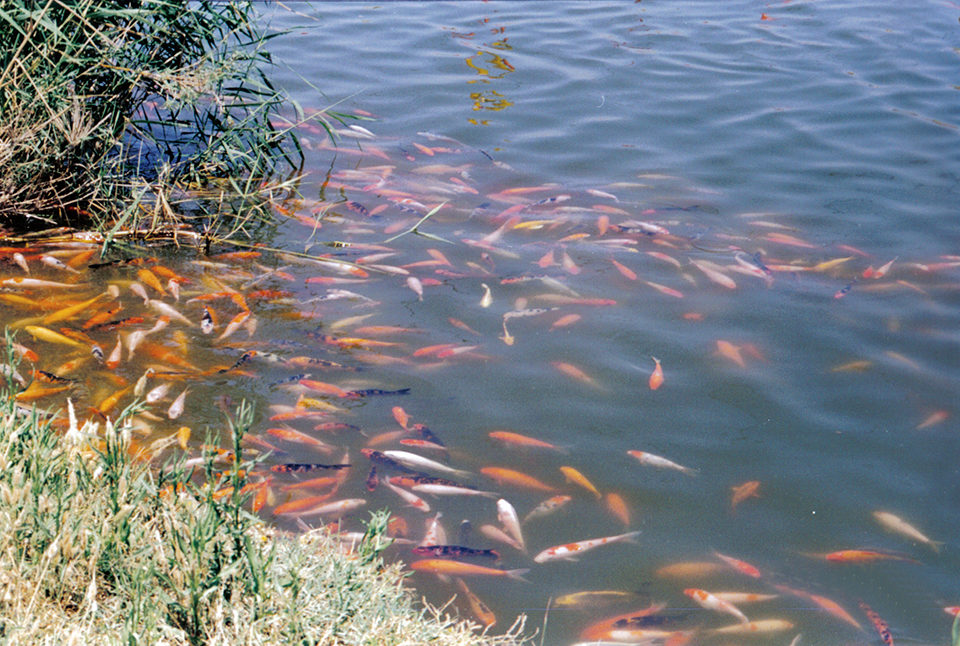
Results
Results from cloning three candidate genes for antiviral immune response revealed that the structural characteristics of these genes in common carp resemble those of other vertebrates. Therefore, variations in common carp antiviral immune response genes may be responsible for CyHV-3 susceptibility and can be used as genetic markers to differentiate between susceptible and resistant individuals.
Polymorphisms in genes putatively associated with antiviral immune responses in common carp were identified. Immune response genes encoding toll-like receptors (TLRs) and TLR-associated molecules were cloned and sequenced. TLRs are cellular receptors of the innate immune system that bind to conserved pathogenic antigens and subsequently initiate host immune responses.
DNA sequences of common carp genes from different strains of carp were compared, and SNPs were identified. Genetic markers for immune response genes were developed based on SNPs for use in identifying individual genotypes. Among the genes sequenced, TLR3, TLR7, MyD88 and TRAF6 genes were found to be duplicated. A high number of duplicate genes are observed in common carp, which are known to be tetraploid fish due to a genome duplication event that was estimated to have occurred between 11 million and 21 million years ago.
For the duplicate loci, SNP markers were developed to be specific for each copy. Approximately 80 SNPs from 14 genes were genotyped in a panel consisting of different common carp and koi strains. Sixty were polymorphic.
Polymorphic SNP markers were genotyped in 50 progeny of a full-sib family produced by crossing a koi female to a hybrid male from a cross between a domesticated commercial strain and a wild common carp strain. Twenty-three markers from 12 genes were informative in this family. The authors are working to relate this genetic variation to CyHV-3 resistance.
Perspectives
Data obtained from SNP markers of these immune response genes is being analyzed with a data set of approximately 300 random DNA markers to generate a genetic linkage map. A genetic linkage map is an essential tool that will enable localization of the genes controlling important traits such as growth rate, meat quality and disease resistance. SNP markers for antiviral candidate genes linked to CyHV-3 resistance will be used for selecting resistant individuals as parents of the next generation. Integrating marker-assisted selection with classical selective breeding will increase the rate of genetic gain for resistance to CyHV-3 in common carp.
(Editor’s Note: This article was originally published in the March/April 2011 print edition of the Global Aquaculture Advocate.)
Now that you've reached the end of the article ...
… please consider supporting GSA’s mission to advance responsible seafood practices through education, advocacy and third-party assurances. The Advocate aims to document the evolution of responsible seafood practices and share the expansive knowledge of our vast network of contributors.
By becoming a Global Seafood Alliance member, you’re ensuring that all of the pre-competitive work we do through member benefits, resources and events can continue. Individual membership costs just $50 a year.
Not a GSA member? Join us.
Authors
-
Pawapol Kongchum, Ph.D.
Department of Fisheries and Wildlife Sciences
Virginia Tech
100 Cheatham Hall
Blacksburg, Virginia 24061 USA -
Eric M. Hallerman, Ph.D.
Department of Fisheries and Wildlife Sciences
Virginia Tech
100 Cheatham Hall
Blacksburg, Virginia 24061 USA -
Yniv Palti, Ph.D.
National Center for Cool and Cold Water Aquaculture
Leetown, West Virginia, USA -
Lior David, Ph.D.
Department of Animal Sciences
Hebrew University of Jerusalem
Jerusalem, Rehovot, Israel -
Gideon Hulata, Ph.D.
Agricultural Research Organization
Volcani Center, Bet Dagan, Israel
Tagged With
Related Posts

Intelligence
An engineer’s design for a classroom aquaculture-aquaponics system
An aquaponics teaching system was designed, built and operated by students at the University of Arizona, integrating its operation and management into the educational curriculum. This engineering design will require minimum maintenance and will last years.
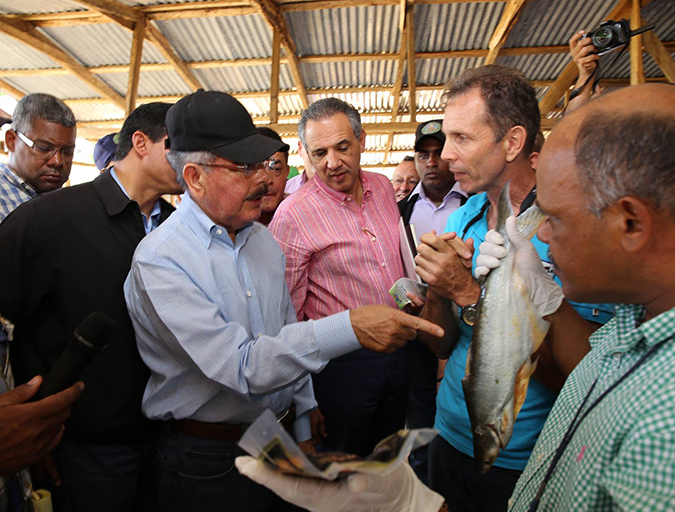
Innovation & Investment
Caribbean producer aims to make a name for sutchi
Pangasius farmed in the Dominican Republic? True story. Value Aquaculture, with partners hailing from Germany and Chile, is trying to get U.S. buyers to take a fresh look at the Mekong catfish species.
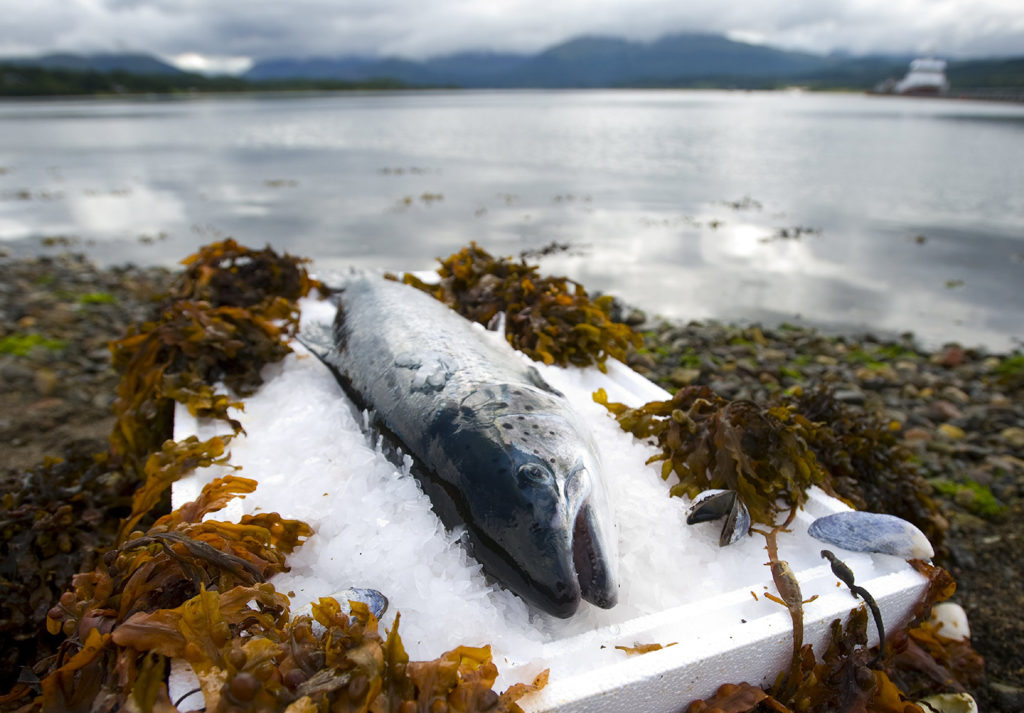
Intelligence
Aquaculture UK: Stepping up to the plate
There’s considerable opportunity to grow the UK aquaculture industry. At the Aquaculture UK exhibition and conference in Aviemore, Scotland shows the way.
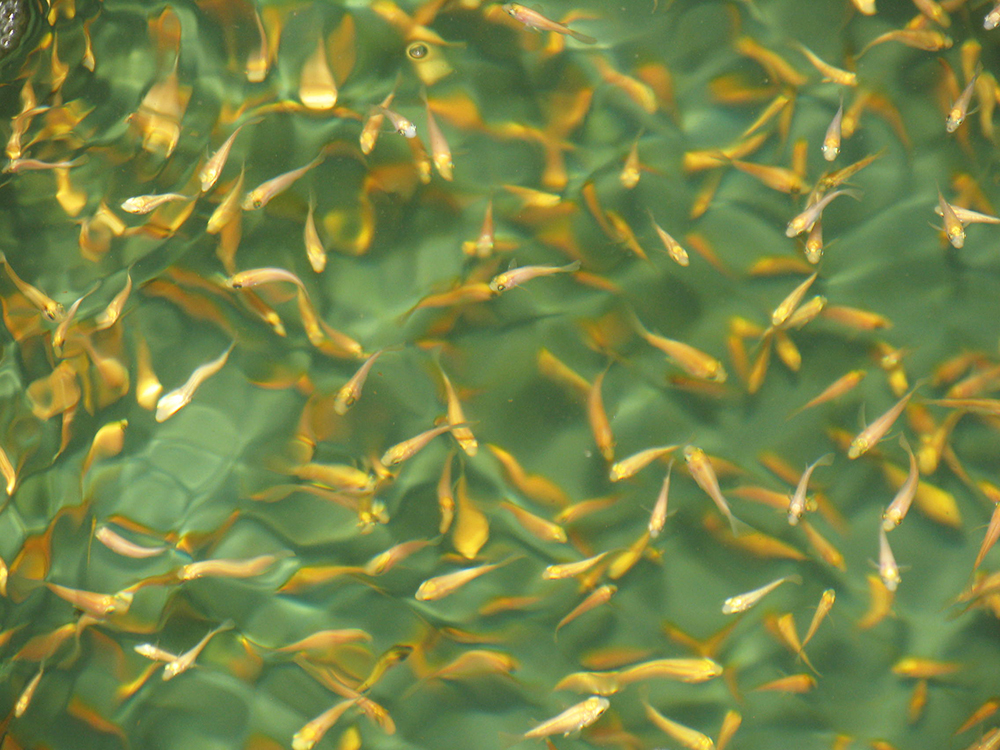
Health & Welfare
Biosecurity practices on fish farms need beefing up
Biosecurity measures and preventive strategies are essential in any biological production chain. Properly planned and implemented biosecurity programs will enhance animal health, production and economics.



